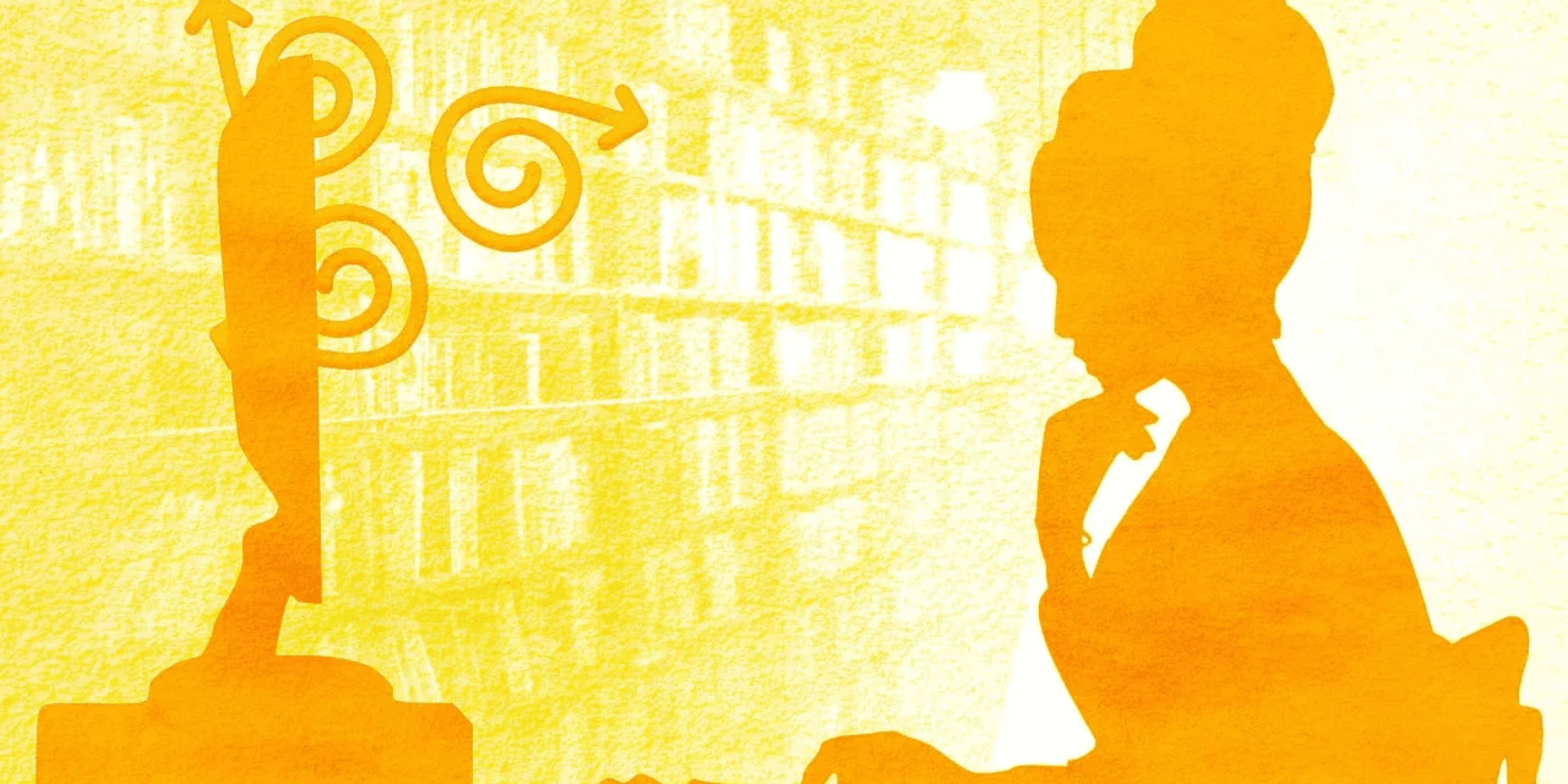React Component Libraries: A Comprehensive Comparison

In the world of React development, one of the most significant decisions developers face is choosing the right component library. With an abundance of options available, each boasting unique features and functionalities, it can be challenging to determine which one best suits your project's needs. In this comprehensive comparison, we'll dive deep into some of the most popular React component libraries, highlighting their strengths, weaknesses, and use cases.
1. What are React Component Libraries?
1.1 Definition
React component libraries are collections of pre-designed and pre-coded UI components built specifically for React applications. These libraries offer a wide range of ready-to-use components, such as buttons, forms, navigation bars, and more, enabling developers to streamline the development process and maintain consistency across their applications.
1.2 Importance
- Streamlined Development: By utilizing pre-built components, developers can significantly reduce development time and effort.
- Consistency: Component libraries ensure consistency in design and functionality throughout the application, enhancing the user experience.
- Customization: While providing ready-to-use components, libraries also allow for easy customization to align with specific project requirements.
2. Popular React Component Libraries
2.1 Material-UI
Key Features:
- Google's Material Design: Material-UI follows Google's Material Design guidelines, offering sleek and modern UI components.
- Customization: Components are highly customizable, allowing developers to adjust colors, typography, and other styles effortlessly.
- Community Support: Material-UI boasts a large and active community, providing extensive documentation and support resources.
2.2 Ant Design
Key Features:
- Rich Component Set: Ant Design provides a comprehensive set of components for building enterprise-grade applications, including charts, tables, and forms.
- Design Language: Inspired by the principles of Ant Design, the library offers a cohesive design language that promotes usability and accessibility.
- Internationalization (i18n) Support: Ant Design includes built-in support for internationalization, making it an excellent choice for global applications.
2.3 Chakra UI
Key Features:
- Accessibility: Chakra UI prioritizes accessibility, ensuring that components are usable by individuals with disabilities.
- Styled System: The library leverages a styled system, allowing for easy theming and styling using props.
- Developer Experience: Chakra UI offers a delightful developer experience with intuitive APIs and comprehensive documentation.
3. Comparison Criteria
3.1 Performance
- Material-UI: Generally performs well; however, excessive customization may impact performance.
- Ant Design: Optimized for performance, particularly suitable for large-scale applications.
- Chakra UI: Lightweight and performant, with minimal impact on application performance.
3.2 Customization
- Material-UI: Highly customizable, with extensive theming options.
- Ant Design: Provides moderate customization options, primarily focused on theming.
- Chakra UI: Offers robust customization capabilities through its styled system.
3.3 Community Support
- Material-UI: Boasts a large and active community with abundant resources and support.
- Ant Design: Well-supported by a dedicated community, particularly popular in the enterprise sector.
- Chakra UI: Rapidly growing community with increasing support and contributions.
4. Conclusion
In conclusion, the choice of a React component library ultimately depends on the specific requirements and preferences of your project. Material-UI stands out for its adherence to Material Design principles and extensive customization options. Ant Design excels in providing a rich set of components tailored for enterprise applications, while Chakra UI prioritizes accessibility and developer experience. By carefully evaluating the strengths and weaknesses of each library, you can make an informed decision that aligns with your project goals.
Consult us for free?
View More




